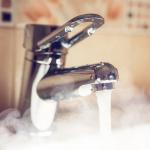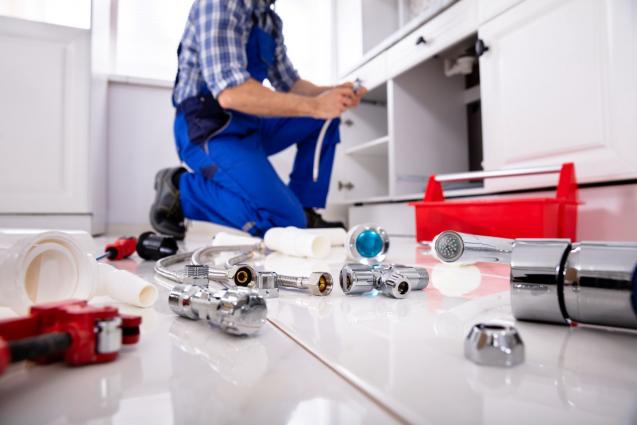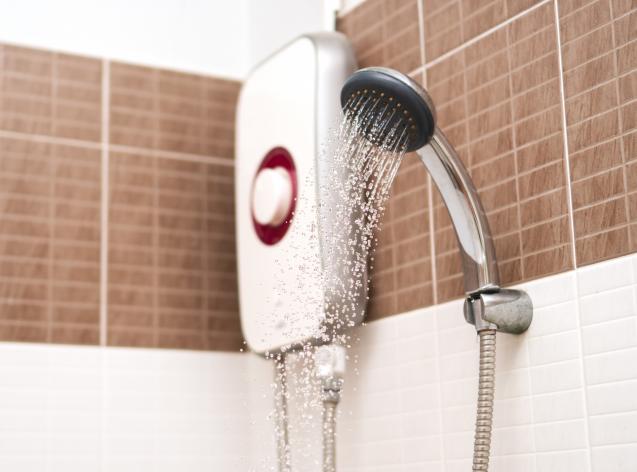
Causes of Water Hammer: Protecting Your Plumbing System from Pressure Surges
Understanding Water Hammer: Definition and Basics
Water hammer, also technically referred to as hydraulic shock, is a rather abrupt pressure surge that transpires when the water that is flowing forcefully in one direction is abruptly forced to halt or deviate from its intended course. This phenomenon is often witnessed in household plumbing systems, with its most distinctive characteristic being a prominent banging or knocking sound, similar to a hammer striking against the pipes.
The most conspicuous sign of a water hammer is typically the loud noise it produces, however, this is merely just the first clue of its existence. Beneath the surface, this hydraulic shock can generate an array of complications for your plumbing system. The consistent pressure surges triggered by water hammer through the course of the time can greatly compromise the overall integrity of the system leading to shaking pipes that can become loose, closure valves that become damaged and seals that weaken. What's worse, in extreme cases, the effects of a water hammer can cause spring leaks or even result in pipe bursts, causing water damage and the need for potentially expensive repair work.
Causes of Water Hammer
To effectively mitigate the occurrence of water hammer, understanding its causes is cardinal. The primary driver for water hammer is the sudden stopping or drastic alteration in water flow. Picture a forceful stream of water being abruptly blocked; the momentum propels the water further, creating an instant and forceful shockwave or surge. Plumbing systems are generally equipped with air chambers to counteract this effect. However, if these chambers become waterlogged, which is a possibility over time, they are incapable of absorbing the pressure, thus contributing to water hammering.
A high pressure water system is another common factor contributing to water hammering. The high pressure amplifies the shockwave force when there is a sudden halt in the water flow. Alongside high pressure, fast-closing valves are another regular offender. When they close abruptly, they can create a sudden stop in water flow, creating shockwaves which initiate water hammer.
Impact on Plumbing Systems
Water hammer poses a substantial threat to the plumbing infrastructure if the problem goes unchecked. The incessant shocks from water hammer can cause pipes to shake substantially, causing a loosening effect over time. The surge in pressure can also damage valves, joint fittings, and other important components of the plumbing system. In severe instances, water hammer can trigger leaks or complete pipe bursts, leading to water damage and exorbitant repair costs.
Methods to Prevent Water Hammer
Preventing the occurrence of water hammer entails keeping up with certain best practices during the construction of plumbing systems. A key practice includes installing water hammer arrestors, designed to mitigate the shock that comes with sudden cessation of water flow. The strategic positioning of pipes is also noteworthy in the reduction of any likely effects of water hammer by diverting the path of the shockwave and minimising its impact.
Adjusting the water pressure within the overall system and replacing fast-closing valves with their slow-closing equivalents is another measure to consider. Combining these strategies can aid in the prevention of abrupt water stoppage and the subsequent shockwaves, hence reducing the odds of water hammer occurrence.
Professional Plumbing Protection Against Water Hammer
Investing in regular professional plumbing system checks and inspections plays a huge part in mitigating potential water hammer risks. Seasoned and skilled plumbers have the ability to undertake these inspections, identify the root causes of water hammer, and provide precise corrective and preventive solutions before the issue escalates into a full-blown problem.
A plumber's solutions for water hammer in pipes can range from simple fixes like installing water hammer arrestors to more complex undertakings like re-routing pipes or upgrading the entire plumbing system. These solutions are tailored to the specific cause and severity of the problem, ensuring a long-lasting and effective resolution.
Conclusion
In summation, the understanding of water hammer, its consequential damages, as well as the preventive measures against it, is key to maintaining a robust and efficient plumbing system. It might seem like a cumbersome task to rectify this issue, however, the effort is well worth the cost savings and prevention of future hassle. Investing in regular professional plumbing checks can save you a significant sum of money in future repairs, while also extending the lifespan of your plumbing system. Don’t fall victim to the damaging effects of water hammer—schedule a professional inspection today!



